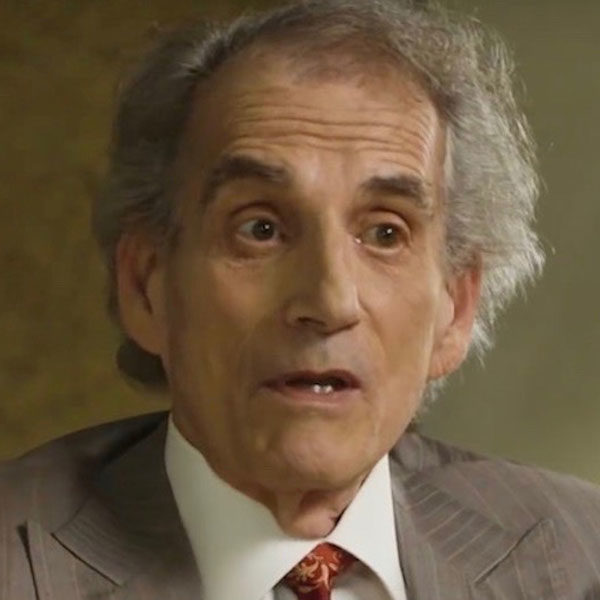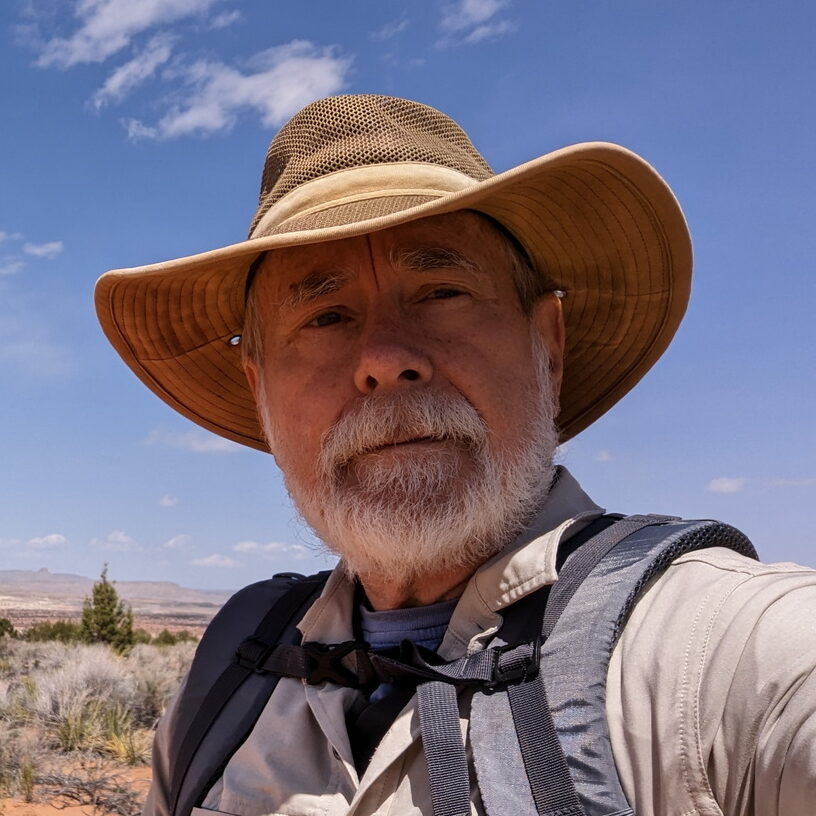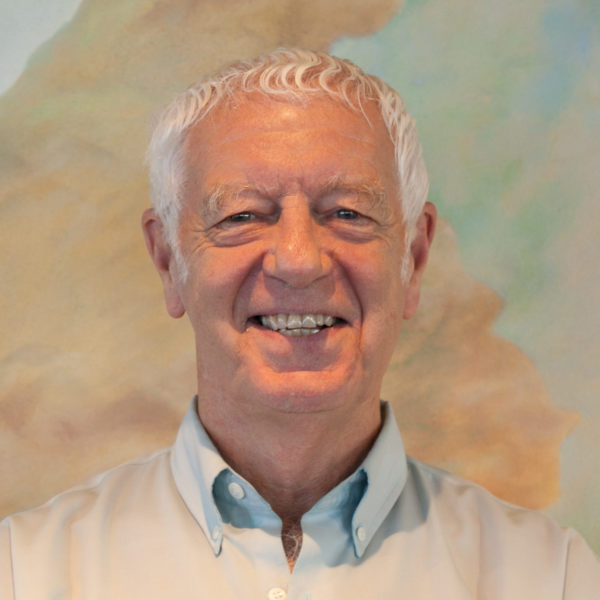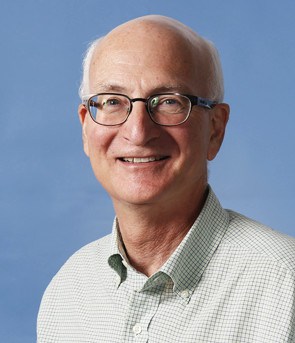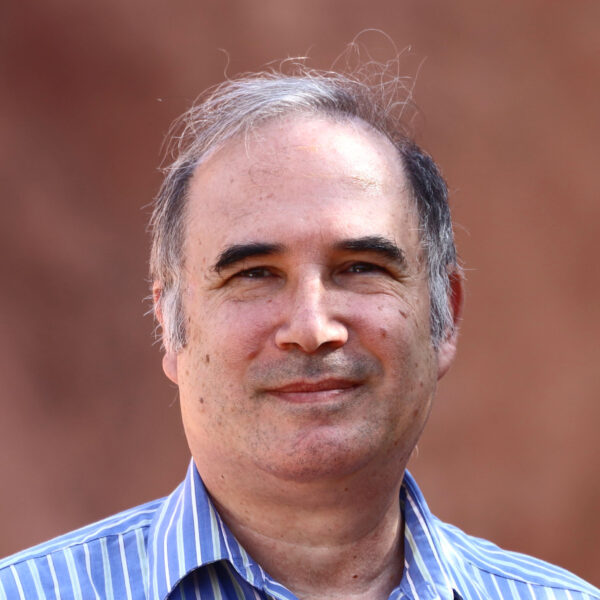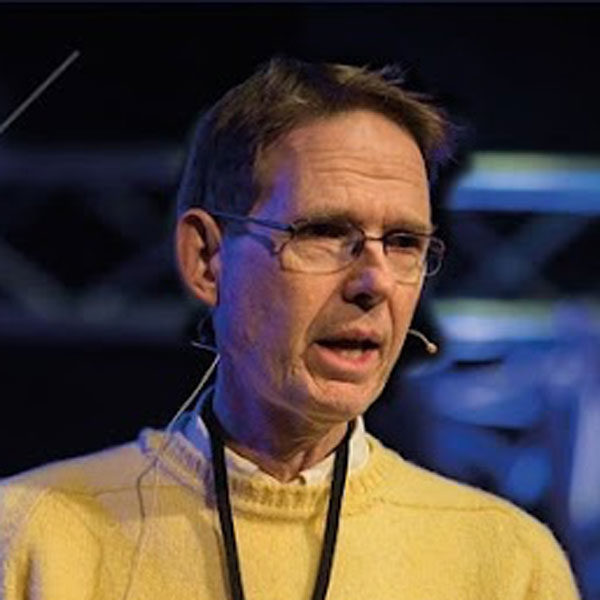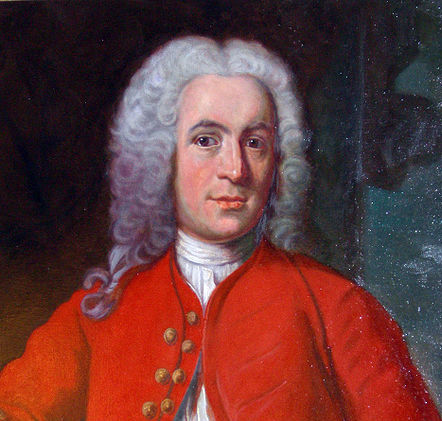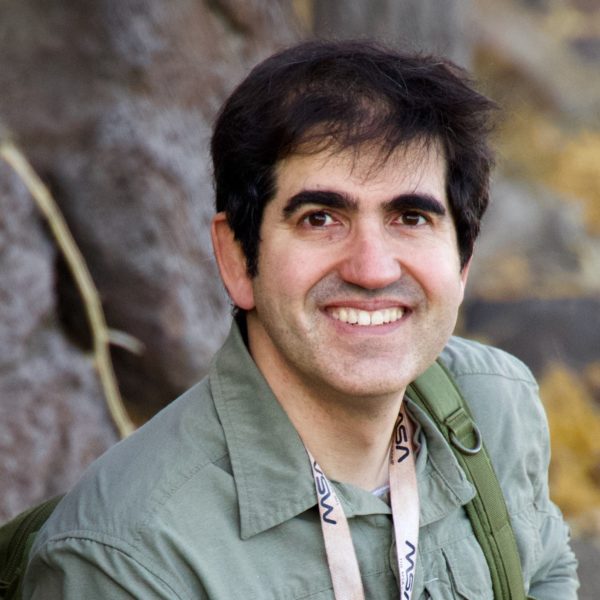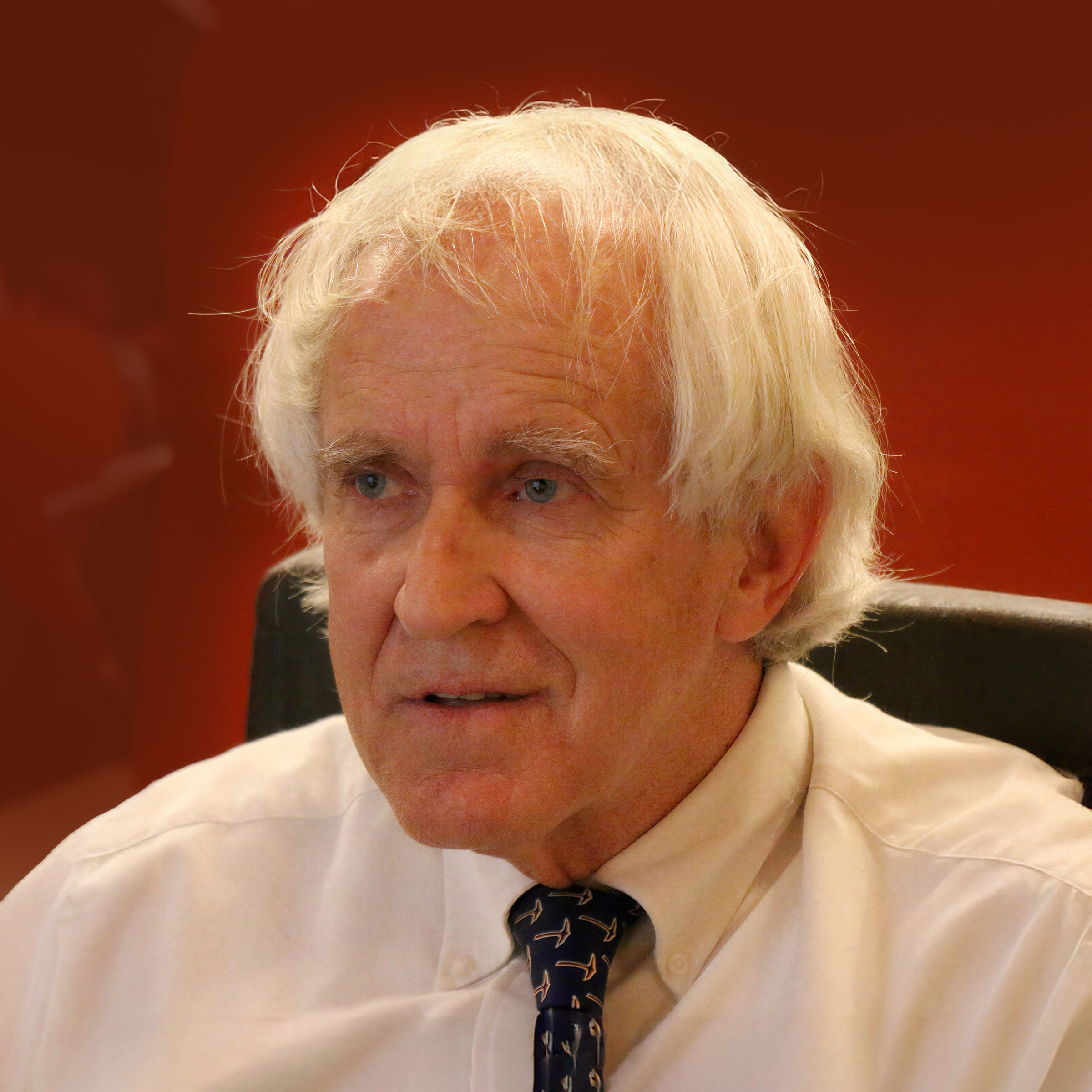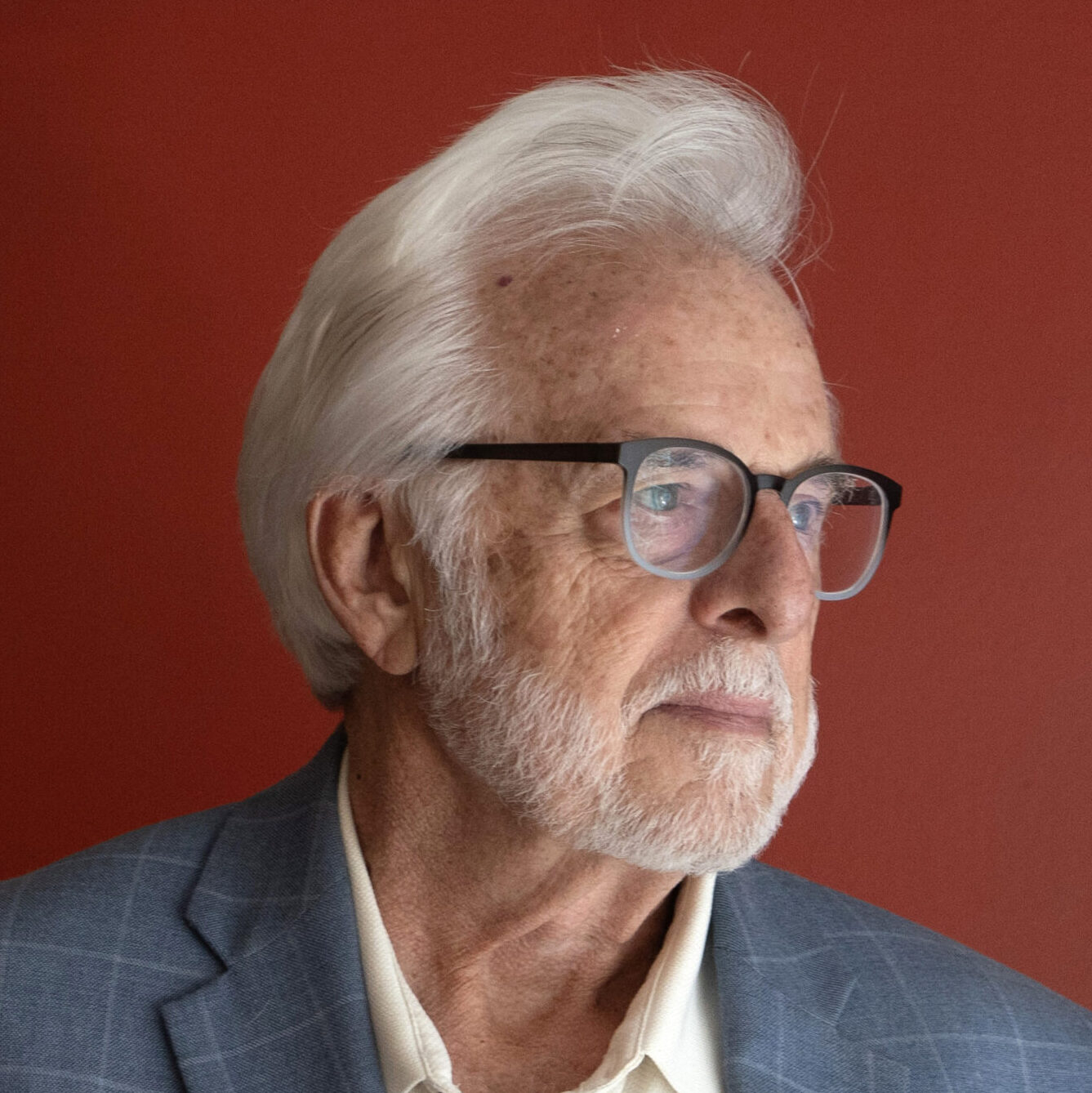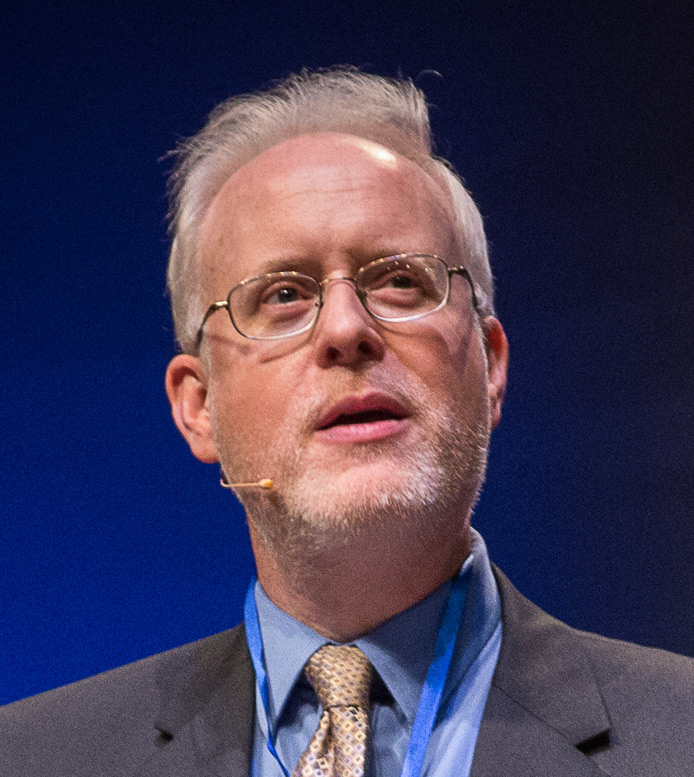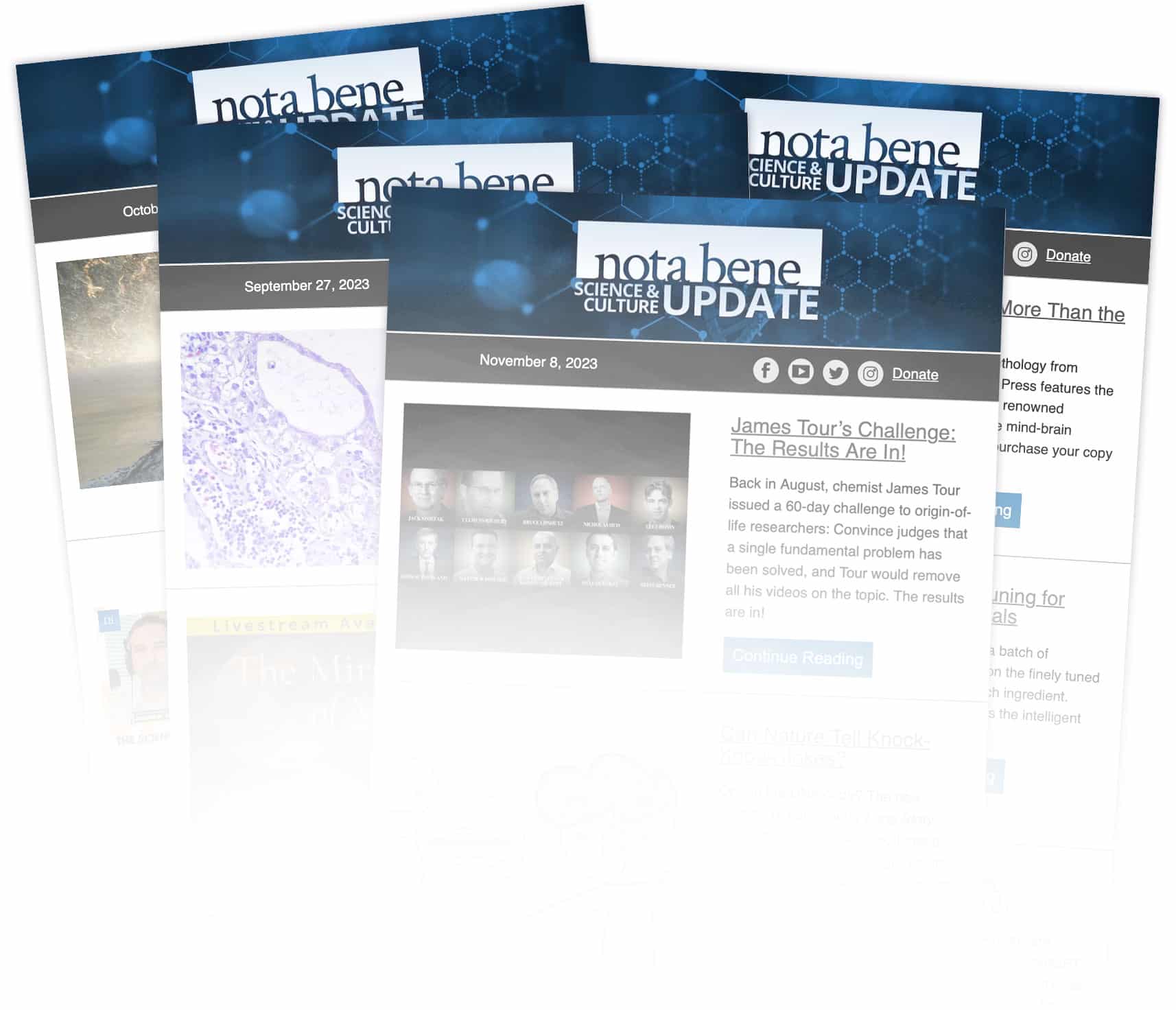 Site retrieved via Archive.org.
Site retrieved via Archive.org.This year inaugurates a third decade since the launch of Evolution News and Views on December 21, 2004. After plowing through Hugh Hewitt’s book Blog on a long transcontinental flight, Robert Crowther pitched the idea of a “weblog” to the fledgling team at Discovery Institute’s Center for Science and Culture.
Christening the new blog with its first entry, Rob reported that Stephen Meyer and John Angus Campbell had authored an op-ed in the San Francisco Chronicle defending the “teach the controversy” approach to science education. John West followed up with several stories correcting misinformation in the Washington Post, the Boston Globe, and elsewhere. Fact-checking poor science reporting was “one” impetus for the blog, along with engaging the “debate over how to teach evolution, and the wider discussion of the emerging theory of intelligent design.” The description at launch read: “The news media in the U.S. seem to have rediscovered the evolution controversy recently. Unfortunately, much of the news coverage has been sloppy, inaccurate, and in several cases, overtly biased.” Indeed.
 Photo by Casey Sernaqué
Photo by Casey SernaquéSince 2011 when David Klinghoffer took the reins from Anika Smith as editor, he has been a driving force, keeping a whole stable of horses on track. David has authored and edited literally thousands of articles for Evolution News and weathered the slings and arrows that come with being a charioteer for a dissident publication. That tireless warrior spirit notwithstanding, David remains a sensitive and thoughtful muse, always probing and seeking to understand often technical subjects and translating them into accessible prose for our readers.
As the Center’s flagship publication grew into much more, it was redesigned in 2006, in 2011, and most recently in 2017, this time bearing an addended name reflective of its broader scope: Evolution News and Science Today. In 2025, the webpage turns to yet another chapter with a redesign, new features, and again, a more expansive name indicative of its breadth and depth: Science and Culture Today. Though old links will continue to work indefinitely, its new home is scienceandculture.com.
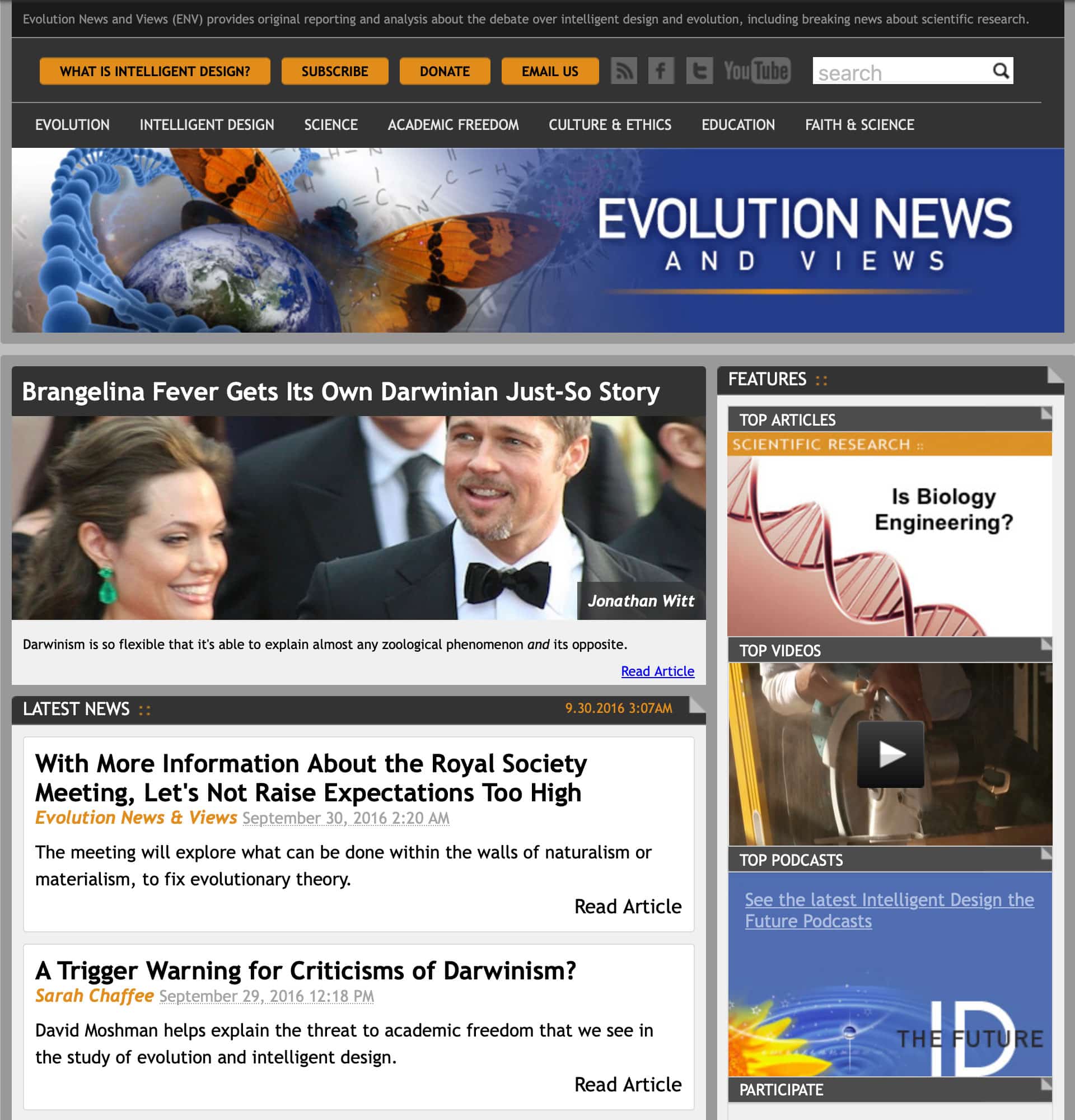
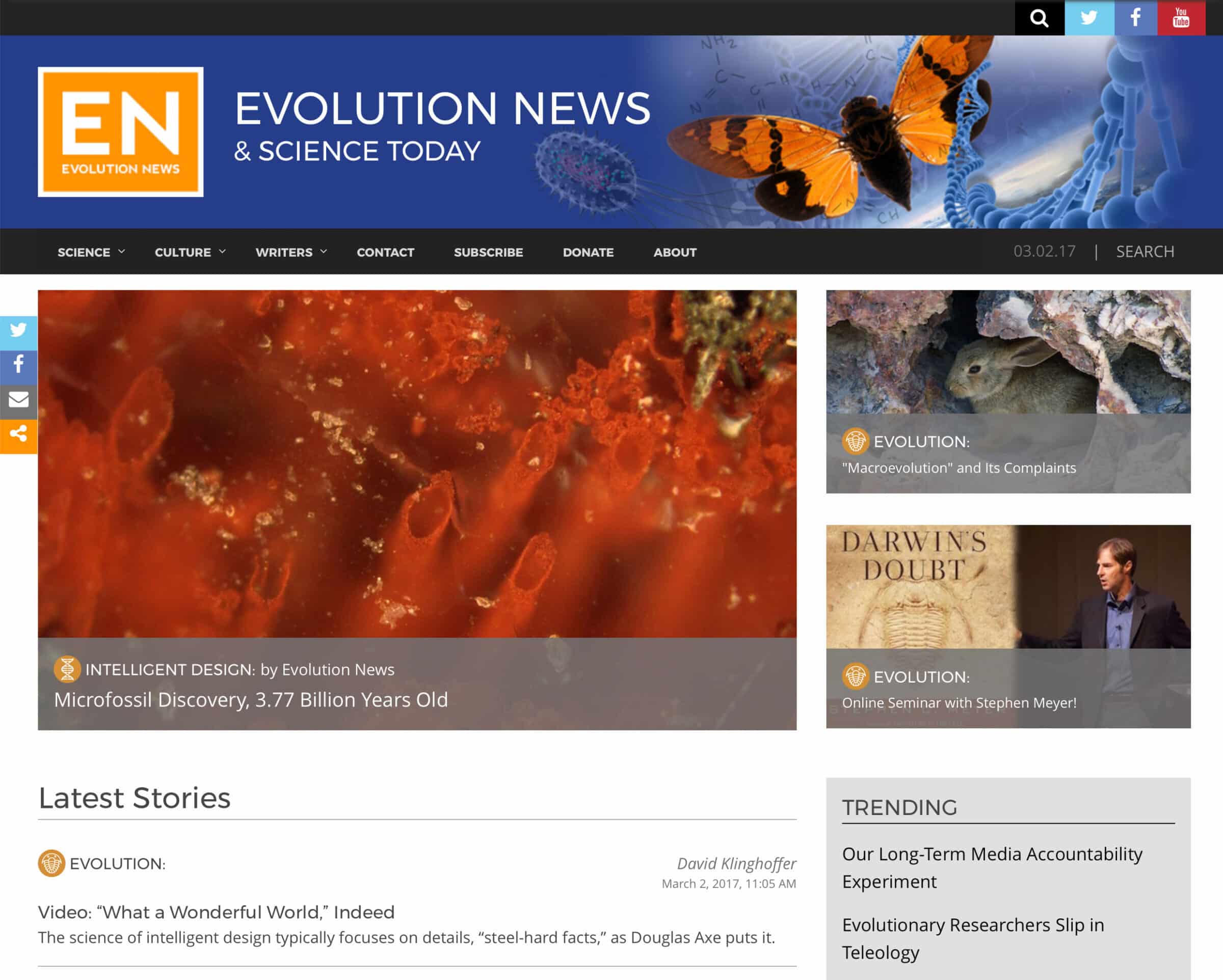
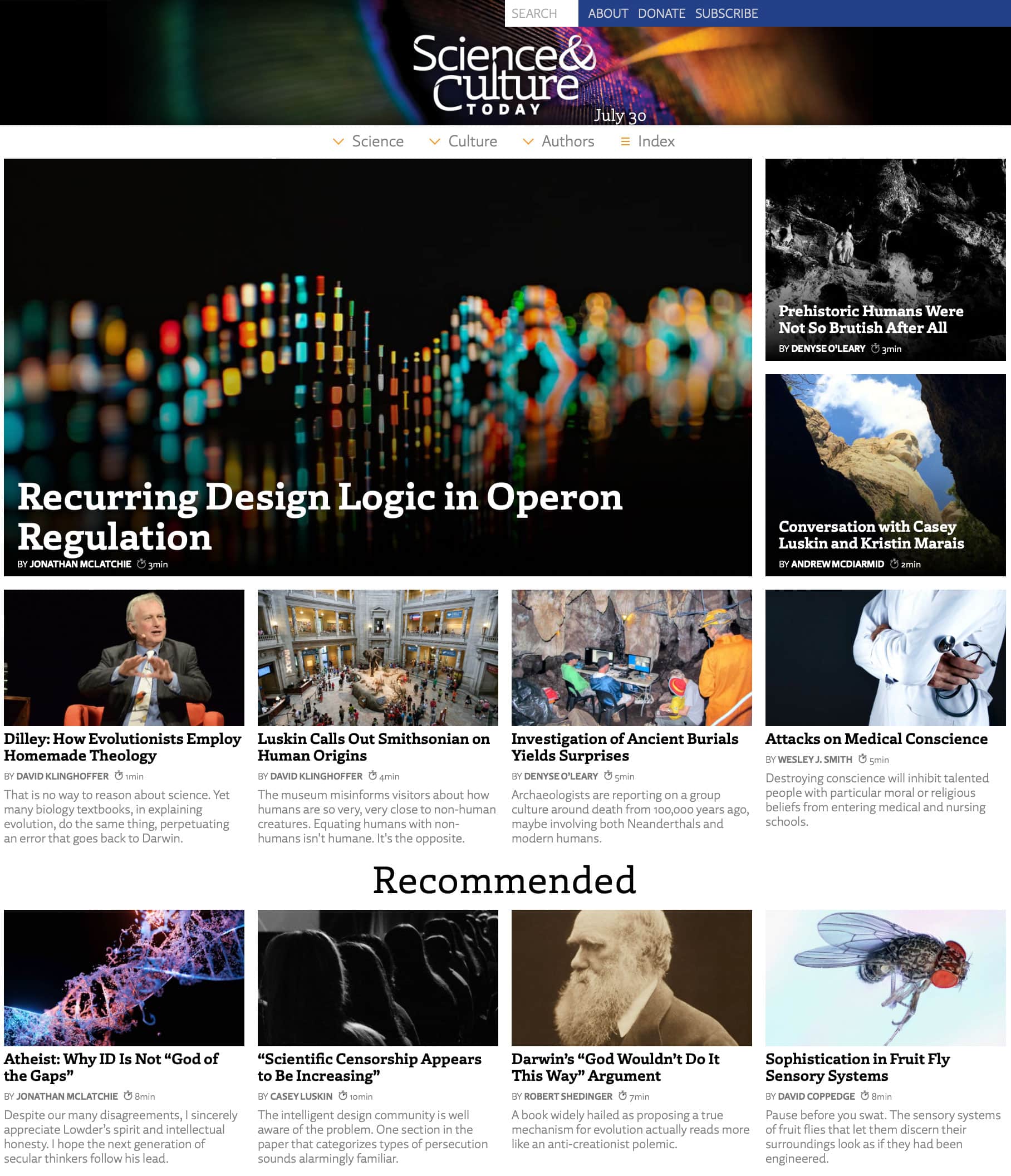
Two Sides to the Story
In a sense, the Science and Culture Today rebrand is like a reboot that returns to its origin story. The founding manifesto of Discovery Institute’s Center for Science and Culture honed in on both the scientific and cultural dimensions of life. On the science front, the 1996 statement declared, “today new developments in biology, physics, and artificial intelligence are raising serious doubts about scientific materialism and reopening the case for the supernatural.” On the cultural side, it lamented, “rigid scientific materialism infected all other areas of human knowledge, laying the foundations for much of modern psychology, sociology, economics, and political science.” From the start, the Center cast a multidisciplinary vision for scientific inquiry and cultural renewal after the failure of materialism. The Center would bring “together leading scholars from the natural sciences and those from the humanities and social sciences in order to explore what the demise of materialism means for reviving the various disciplines.”
That is precisely what the Center has done, for going on thirty years. Thus, it is fitting that our storied and essential publication bear the name of these abiding interests. For years, “evolution,” “intelligent design,” and “science” were our top-line categories, along with “culture,” “education,” and “faith and science.” In 2017, these categories were reorganized under the broader themes of “science” and “culture.” With this redesign, these top-level categories remain, but with considerably more resolution in subdisciplines and areas of interest to provide a sharper tool for browsing the site.
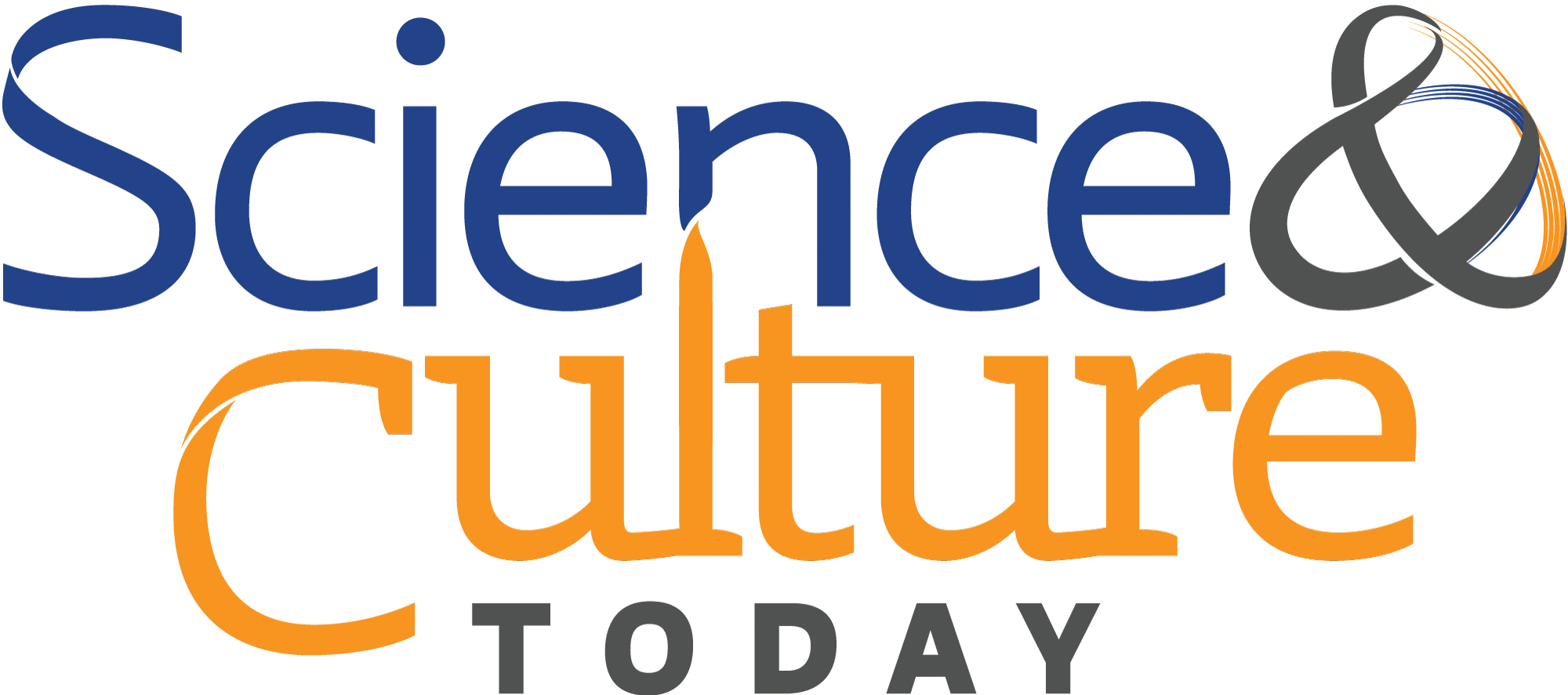

Observant readers may also note a Möbius strip-inspired half twist in the Science and Culture Today logo. This seemingly two sided geometric marvel alludes to the way in which science and culture are inextricably linked, running along together, the one influencing the other, and vice versa. Is that science? Or is that culture? Well, yes. When does the science end and the culture begin? Hard to say. Just as with the scientific endeavor itself, rigid demarcation is elusive. Truth, however, must be unitary.
Newsy Layout and Navigation
Under the editorial oversight of David Klinghoffer and editor-in-chief John West, and with the research and insight of nearly two hundred contributors, Evolution News and Science Today evolved from a fact-checking blog into a deep well of over 14,000 articles covering the wide array of scientific disciplines and their impact on the culture. In addition to being a timely review of breaking news, Science and Culture Today serves as a treasure trove of research and history.

With this breadth of news coverage and analysis in mind, the new layout and features are designed to better facilitate browsing, searching, and discovering design in all of the major sciences, from astronomy to zoology. The navigation also brings more cultural analysis to the fore, from faith and ethics to philosophy and the social sciences.
Instead of eight stories gracing the homepage, the reader will now have ready access to dozens, each organized into areas of interest. For more extensive browsing, we provide an extensive and growing index broken down by subject area.
New Features
New features of the site include estimated reading times, advanced search, the aforementioned sitemap, audio versions of every article, in-context footnotes, article outlines, and topically related articles for further reading. The new typeface is larger and offers more contrast. The header artwork is dynamic, celebrating the scientific endeavor and the wonders of the natural world as readers navigate from page to page.
- Listen instead of read: Using automated text-to-speech, all articles can be listened to at your preferred speed.
- Estimated reading times: See at a glance whether the link you’re about to follow is a quick read or a deep dive.
- Inline footnotes: Hover over footnote numbers to see references without having to jump to and fro between the page bottom and the context.1
- Related articles: We now use article tags to offer further reading in the sidebar, and prior and subsequent articles in the footer.
- Article outlines: For longer articles, we generate an outline to view contents at a glance and to jump directly to a section.
- Enhanced search: Site searches can now be constrained by date and author. Results can be sorted chronologically, alphabetically, and by relevance. Exact phrase search is available.
- Privacy: As part of a larger institutional effort, we’ve removed third-party services that track individual users, increasing your privacy and enabling us to forego the bothersome cookie notices that have become a bane of the web.
Today … and Tomorrow
Inundated by information, we are all looking for trustworthy voices to help us find the signal amidst the noise and to discern what is true and false. For years before I was affiliated with Discovery Institute, I relied on Evolution News and Science Today to cut through the narrative and hyped headlines in my own studies and in conversations with friends. We hear so many stories like my own: students, scholars, and conscientious readers who have been liberated from the materialist and purposeless superstition that distorts human inquiry.
Now, on staff with Discovery Institute, I count it an honor to refresh this crucial and unparalleled resource. Katherine West, who is one of the most productive and resourceful developers with whom I’ve had the privilege to work, has been indispensable in making many of these changes possible.
With original reporting and analysis; critical examination of the materialist and evolutionary paradigm; updates on intelligent design as an ongoing research project; reflections on religious, ethical, and cultural questions; and an appreciation for a world of exquisitely designed creatures and the awe-inspiring music of the spheres, Science and Culture Today is as timely as ever. With this new update, I am hopeful that it will continue to serve our readers well today, tomorrow, and for many days to come.
Notes
- This is an example of an inline footnote.



